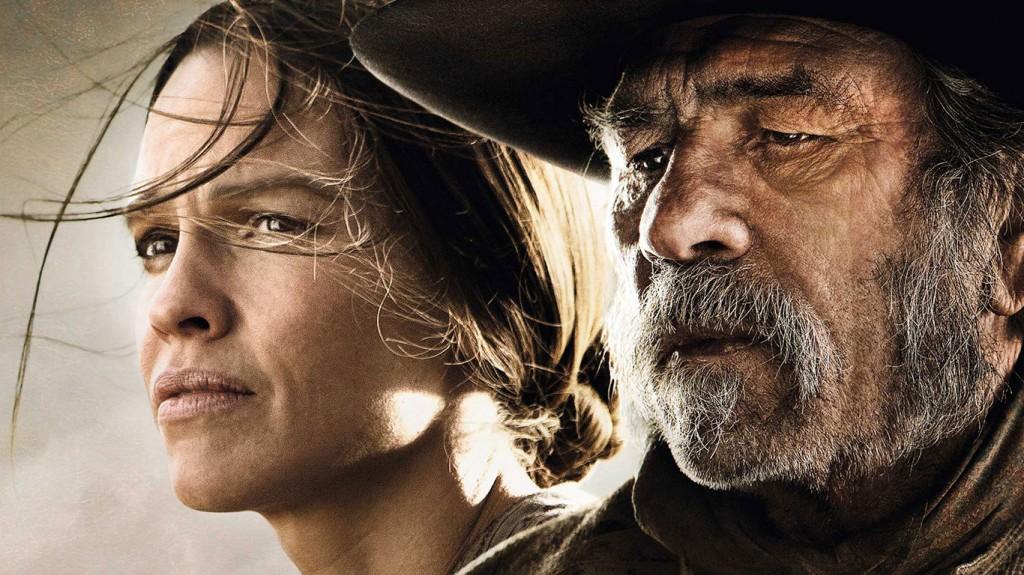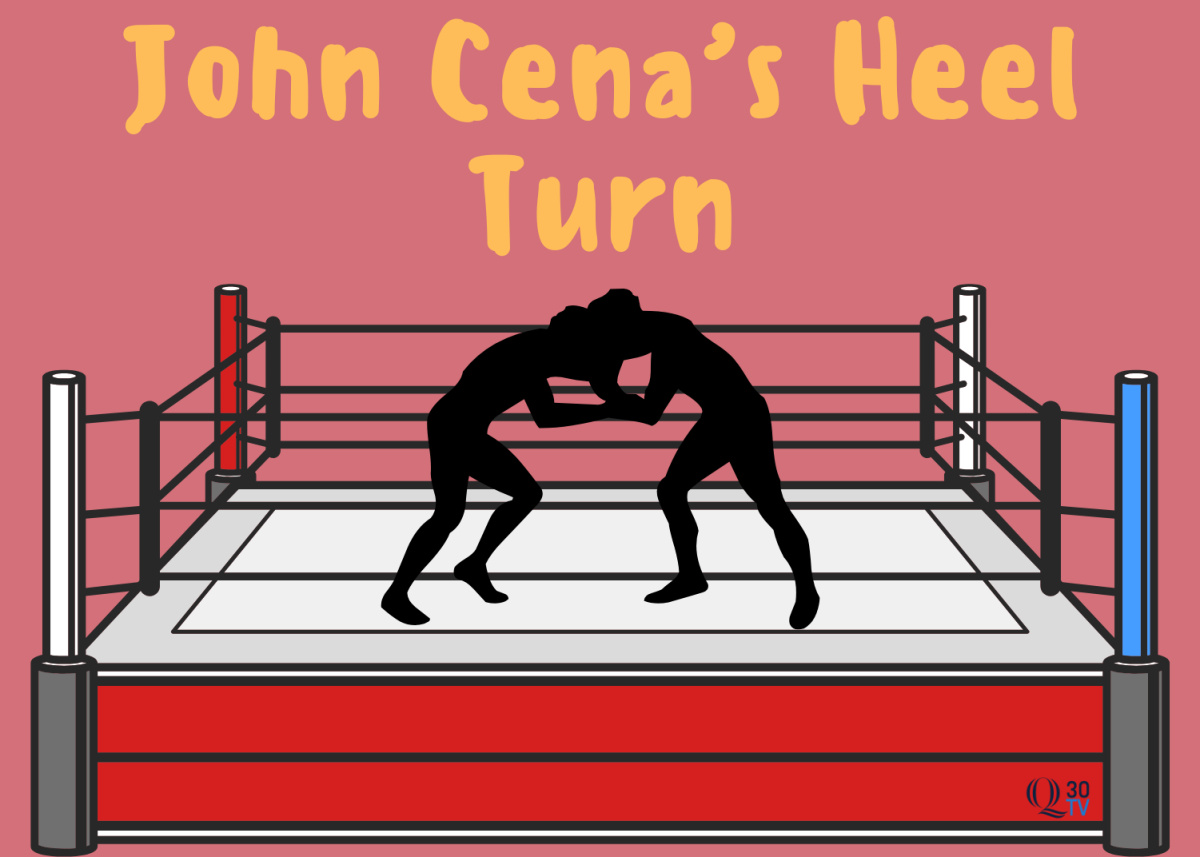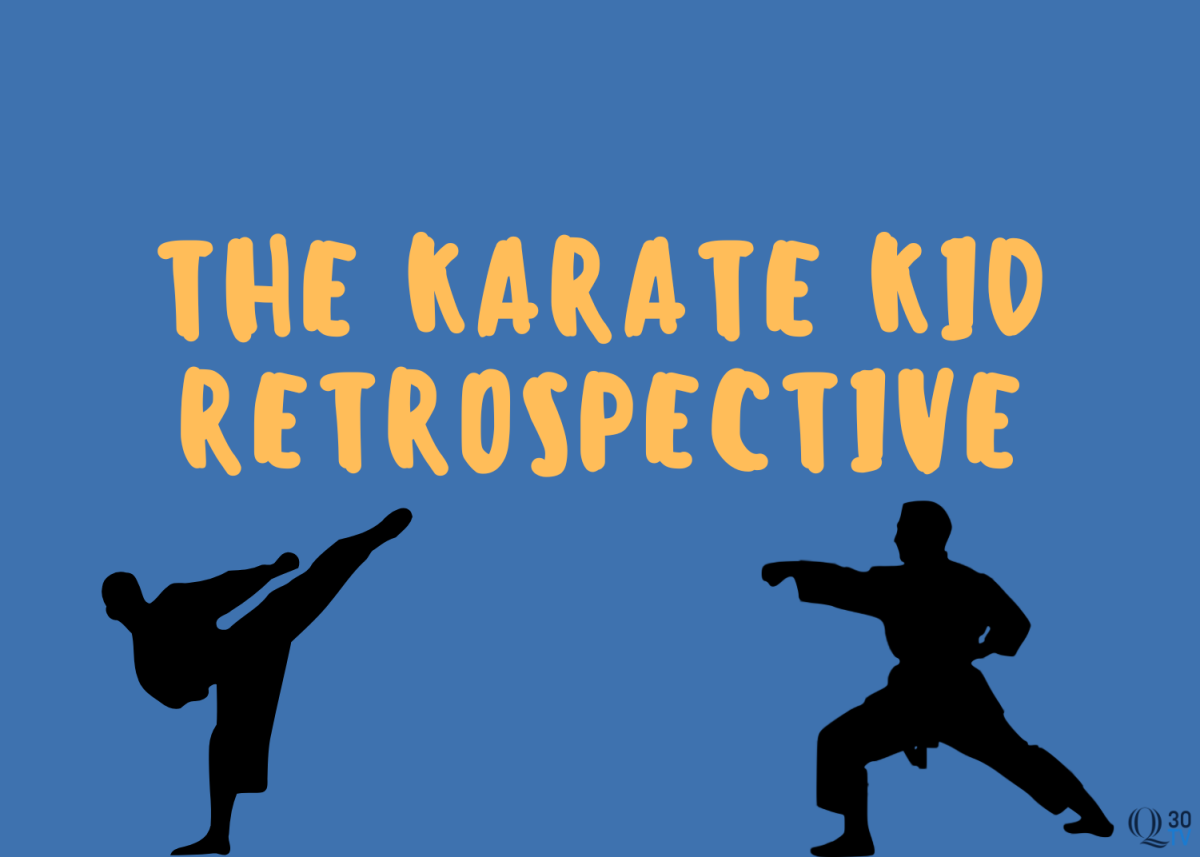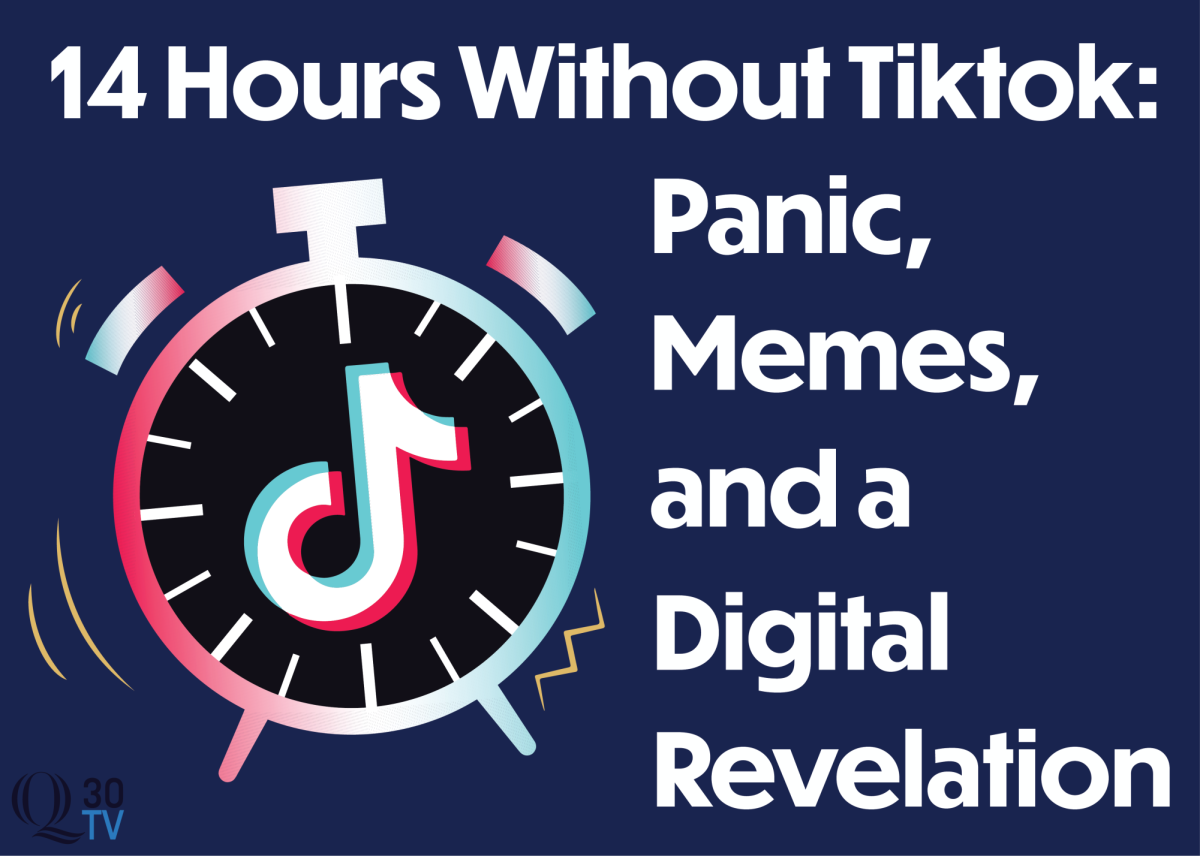Photo credit: EuropaCorp
Written by Sommer Rusinski
The Homesman is fifth film directed by Tommy Lee Jones and a strong follow-up to his last film, The Three Burials of Melquiades Estrada, also a Western. The Homesman is set in 1850s Nebraska, where dirt was plenty and happiness was scarce.
Mary Bee Cuddy (Hilary Swank, Million Dollar Baby) is an unmarried, 31-year old pioneer woman living off the land with strong stock, 40 acres, and money in the bank. However tough she may be, she’s equally as lonely. No one will marry her because she’s “plain as an old tin pail, and bossy.” So when the opportunity arises to transport three women who’ve gone insane (Grace Gummer, Miranda Otto, Sonja Richter) across the treacherous high plains from Nebraska to Iowa, she grabs it. The job calls for a ‘homesman’: someone sharp, skillful, and strong. No one bats an eye when Mary Bee volunteers, for as the town priest puts it, she’s “as good as any man hereabouts.”
Not long after she sets out on her journey, she comes across outlaw claim-jumper George Briggs (Jones). After Mary Bee saves his life, he agrees to help her get the women to Iowa. Jones is no stranger to playing cowboys and it shows. Briggs is a smart but crude man and he brings lightness to a film that could have potentially been suffocated by gloom. They form an unlikely but efficient pair; she’s a God-fearing woman who keeps her life tidy, and he’s an unflinching rebel who never stays in one place. Together they confront Indian attacks, bandits, and the unrelenting elements.

The Great Plains is arguably the most important character in this film. Beautifully shot by DP Rodrigo Prieto (Brokeback Mountain, Babel), there seems to be a muted delicateness in the unforgiving landscape. In fact, Mary Bee is the Old West personified- open yet hardened, vulnerable yet intimidating. But there’s a depth and buried sensitivity to Mary Bee that only Hilary Swank can pull off.
Due to the roles she’s taken, people tend to unfairly characterize Swank as being a harsh and steely woman. She has consistently played fighters; strong female leads who rely on their singular passion to survive. But this role is a bit different, and in my opinion her strongest since Million Dollar Baby. She humanizes without melodrama and wears her loneliness like the heavy, eye-stinging dust of the Midwest- a relentless invariable upon which life relies.
The film ambles through its two-hour run time until we hit a major plot point at the 80-minute mark. But it is handled expertly by Jones, and stays true to the times. Without much ceremony, the film shifts completely and the audience is left kicking the dust and wondering what the hell happened. But the characters deal with it and move on, always keeping their heads down to work. Such was life in the 1850s West. There was no time for grief and the only traces of sorrow were in the lines in people’s faces. Jones refuses to sugarcoat anything, and the result is a film that’s incredibly moving while making a point to be unsentimental.










